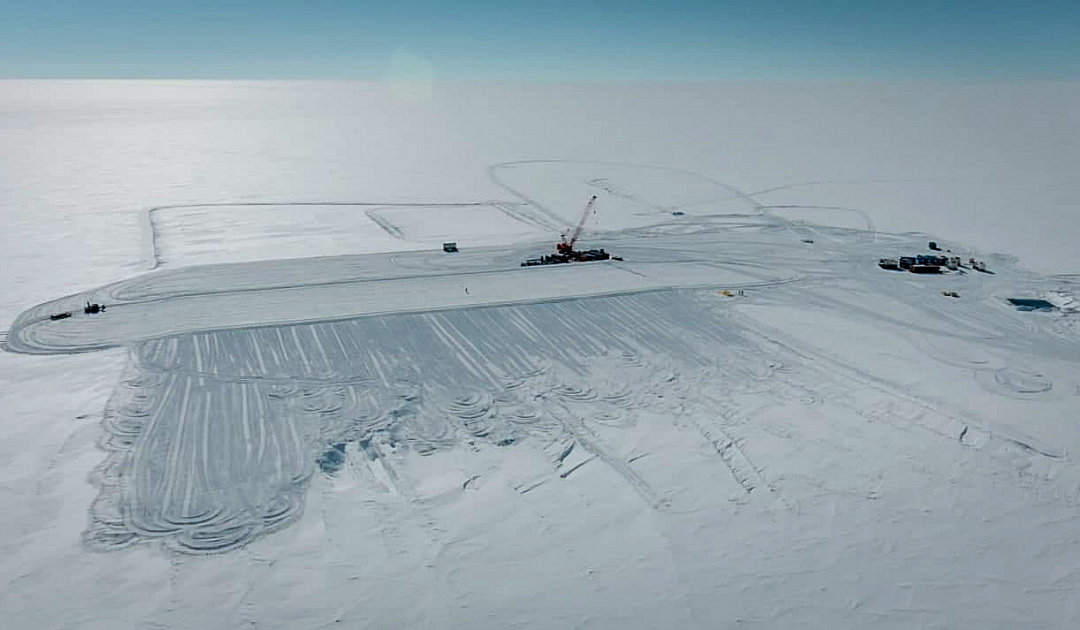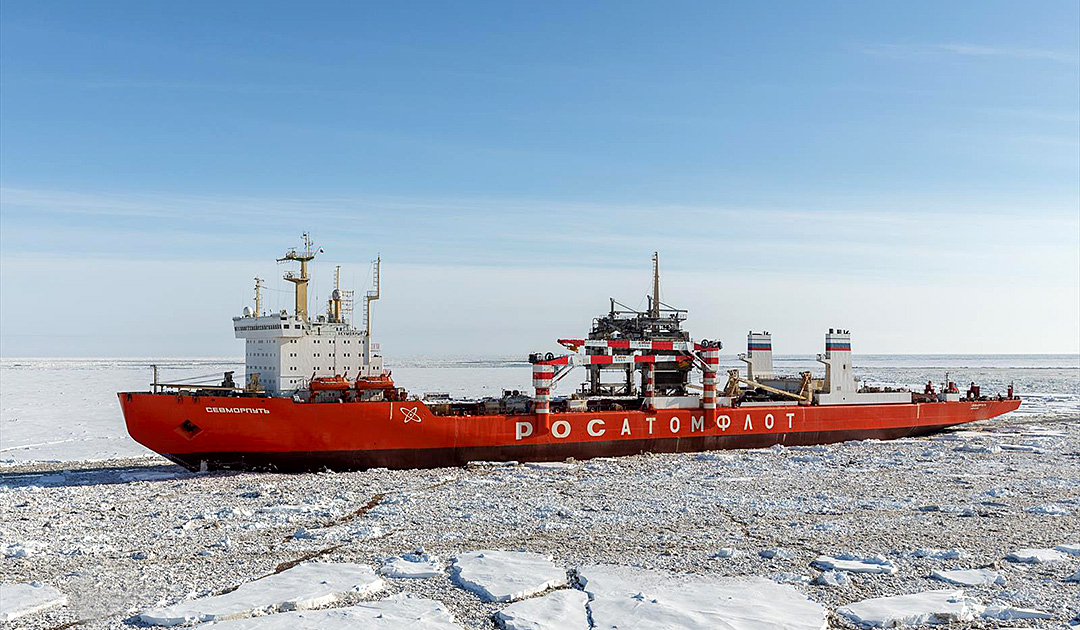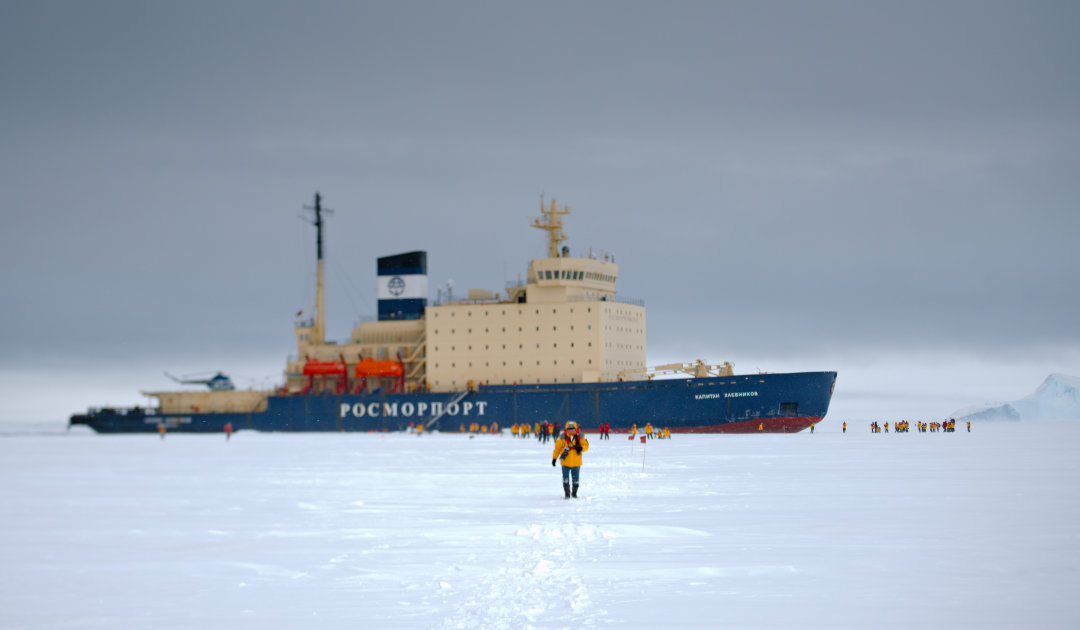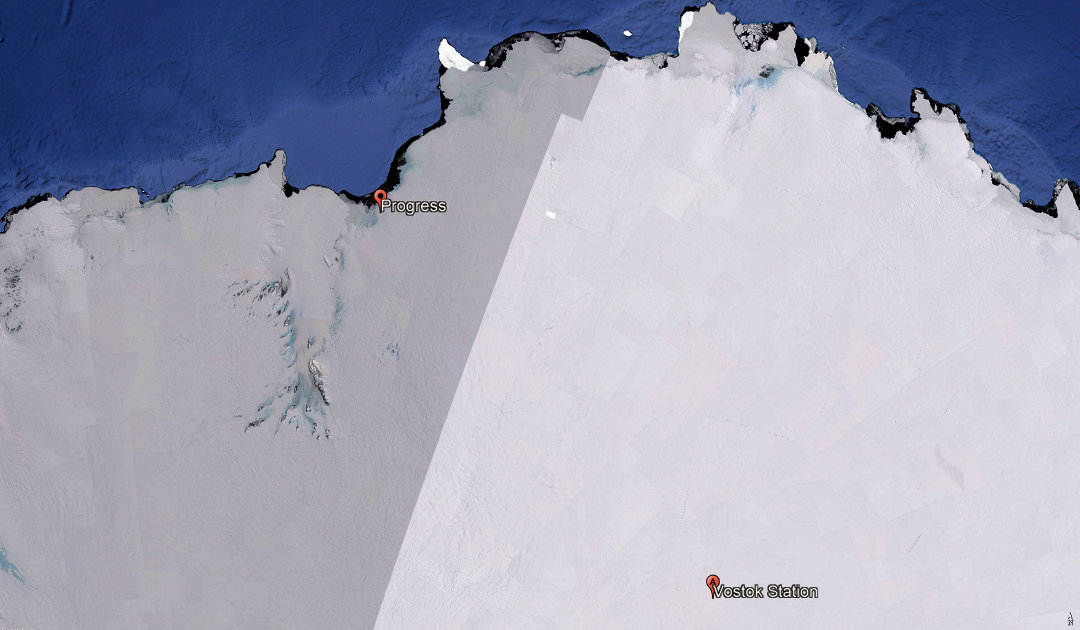
Russia is one of the countries that had conducted research in Antarctica since the beginning of the 19th century. Most of the research stations were built during the Soviet era, including the Vostok station in the middle of Dome A. But the station has become so outdated that the Russian government decided to build a new one. The construction of the new “Vostok” station has properly begun with the installation of the foundations.
According to the Russian Arctic and Antarctic Research Institute AARI, the first foundations have already been placed on a prepared area. These foundations consist of a large base, on which are then erected three-metre high struts. The total of five building modules are then erected on these supports. The struts are intended to prevent the new “Vostok” station from suffering the same fate as the old one, namely sinking into the snow.

Extensive preparatory work was necessary before the erection of the struts could even begin. For example, over the past two summer seasons, the underground, which consists of ice and snow, was compacted over an area of 200 by 120 metres to such an extent that it can withstand five times the station’s pressure. This required compacting the underground layer by layer to a total depth of three metres. In addition, the surface was levelled so that now there is a maximum height difference of 10 centimetres. This can be compensated by the struts.
In order for the construction material to reach the site near the old “Vostok” station at all, it first had to be transported to Antarctica on board two container ships. A tanker and the heavy conventional icebreaker Kapitan Khlebnikov completed the convoy. The convoy’s destination was the Russian station “Progress” on the coast of East Antarctica. There it was loaded onto sledges, which were pulled by heavy caterpillar vehicles along a 1,460-kilometre track to the “Vostok” station. Several fuel depots had to be set up along the way so that the vehicles could cover the distance. However, since not all material can be transported at once, several trips were and are yet necessary. So far, there have been five of these with around 900 tons of material, and two more for around 300 tons of material are still planned.

Russia’s goal is to have the foundations and supports completed this season and then begin building the modules next season. These will consist of two working and two living modules plus an operating module with diesel generator, electricity system and water treatment plant. In addition, there is a garage and a building with a backup generator. A total of 140 metres long and 13.5 metres wide, 17.5 metres high and walls up to 80 centimetres thick are the technical dimensions of the new station. It offers space for a maximum of 35 people.

It had actually been planned to be able to start building the modules as early as this season. But technical difficulties of the nuclear transporter Sevmorput in December 2020 prevented a successful delivery of the material to Antarctica. It was not until this season that it was possible to bring the necessary materials and personnel to Antarctica, notably without the aid of the world’s only nuclear-powered container ship.
Russia is not the only nation currently upgrading and heavily modernizing its stations. New Zealand, the UK and the US are also implementing their modernisation plans for some Antarctic stations. This is because many of them no longer meet the environmental and safety standards set by the nations themselves.
Dr Michael Wenger, PolarJournal
More on the subject:








Very interesting. I hope you have taken in account the permafrost melting.
Thank you for reading the article and your comment, Nilla. The fact that the building is standing on struts also prevents the melting of the underground. It is not permafrost, though, but simply ice and snow. Permafrost ist frozen soil water accumulated underground and covered by soil and plants.
Its sounds very good. Last year I saw the progress station staff working for new Vostok. I was in Bharati ,the indian station. Three cheers for Russia.